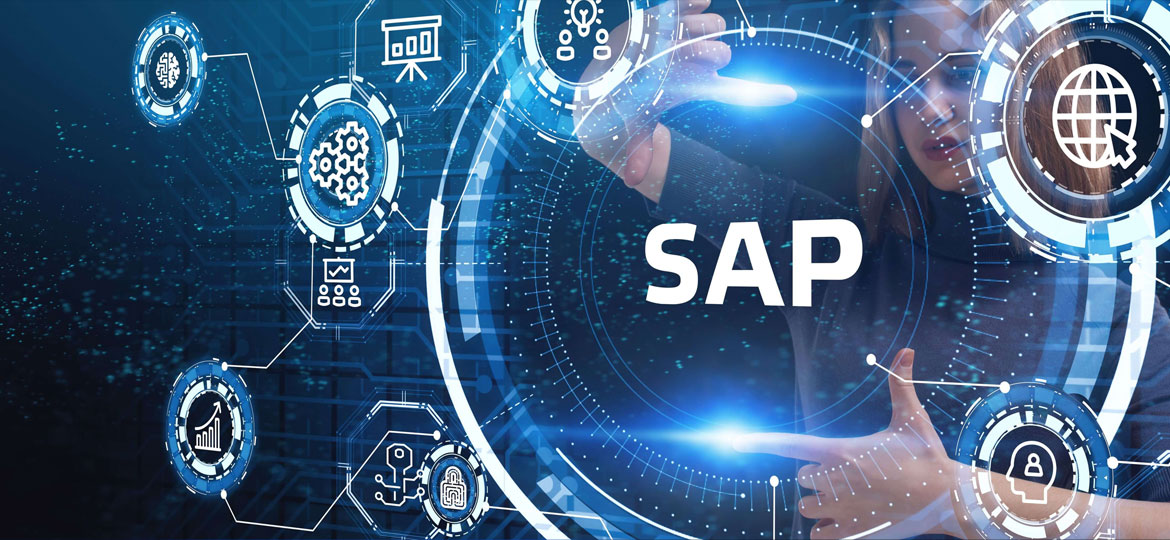SAP Data Migration Stages to SAP S/4HANA | Soltius

In 2018 ERP has announced that every company that uses SAP ERP is required to migrate to S/4HANA in 2025. This relates to data compatibility where S/4HANA operates on the SAP HANA database, as well as all subsequent SAP releases. Therefore hundreds of thousands of SAP customers around the world need to do SAP Migration.
Given that there are more than 75 percent of business sectors in the world that use SAP systems, data migration is considered an important step that must be done immediately. That way companies and related businesses can still benefit from SAP optimally.
1.1 What is SAP Migration
Data migration is the process of transferring data between types of computer storage or a program file. This process allows you to transfer data from one hardware to a cloud system or from a Non-SAP system to SAP. The new level of data migration today is the old SAP format to the latest SAP HANA.
1.2 Current development of SAP
SAP is the most widely used program in Indonesia to date. Through SAP business processes can run in an integrated manner so that the company is more efficient. According to data released by SAP representatives in Indonesia, there are at least more than 80% of companies that have adopted the SAP program.
1.3 Why switch to SAP S/4HANA
In the current era of industry 4.0, it is not enough for a company to be run by relying on human resources alone, but requires the support of an integrated SAP program. Through digital transformation from SAP or S/4HANA, business aspects can compete on a global level and reach more consumers.
2.1 Goals of data migration
The data migration from SAP to S/4HANA is the first step to deliver various digital innovations. Considering the digital era moves very quickly and business people need various programs that are able to do more work.
SAP Migration also aims to improve performance and competitiveness. But of course in the data migration process this must be done properly. Proper migration process makes source data fully usable and sufficient for your company's needs.
2.2 SAP S/4HANA Migration Requirements
Before your company or business performs SAP Migration, there are several requirements that need to be understood, including considering readiness and planning so that the migration can run on target.
Also, consider ECC End-of-Support which supports other programs as an alternative to migration, such as Concur, Ariba, Len Riley, or C/HANA.
2.3 Points to be aware of during Migration
SAP is designed to answer the needs with a focus on processing information in detail. To get a complete intelligent enterprise, SAP Migration is recommended through a complete platform so that data retrieval can be done automatically.
3.1 Step-by-step description
Before performing SAP Migration, there are several steps that need to be done, namely:
Step 1: Collecting SAP related data
The SAP environment consists of different systems so you need to group the types of SAP workloads to migrate. Such as non-production systems to production systems with a complete database.
These requirements also include configuration of SAP TCP/IP connectivity, application security zones, firewalls, and so on.
Step 2: Hybrid Cloud Design
This step becomes the main part of the migration process where the data collected in the first step serves as input to the cloud environment that has been designed according to the workload. In this case, the SAP Administrator must cover the design phase of defining the operational model on the hybrid cloud. This involves monitoring databases, runbooks, disaster recovery, etc.
Step 3: Develop a Workload Migration Plan
Plan development covers complex workloads based on SAP data prioritized in the order in which they are migrated to various databases. Staging the migration in the next wave depends on app dependencies, window changes, and downtime.
Step 4: Operation of the Hybrid Environment
To ensure successful operation, monitoring tools must be configured to collect data from the hybrid environment. The backup strategy is also reviewed and necessary updates to runbooks and operations are planned.
4.1 Results After Migration
Doing SAP Migration is the right decision to help your company's digital transformation. After the migration is done, your company can immediately enter the digital transition wave that has started since 2021 now. Therefore, the SAP migration will prevent your company from the bottleneck of supporting SAP Partners.
4.2 Soltius SAP Migration Service Provider
Don't delay migrating your company data because there are many benefits. Soltius is a cloud provider that provides SAP Migration services with a reliable team and internationally certified Data Center. We are committed to supporting your company's SAP to run as needed and able to support business productivity.
Check out more information about SAP S/4HANA products here.
Other News


